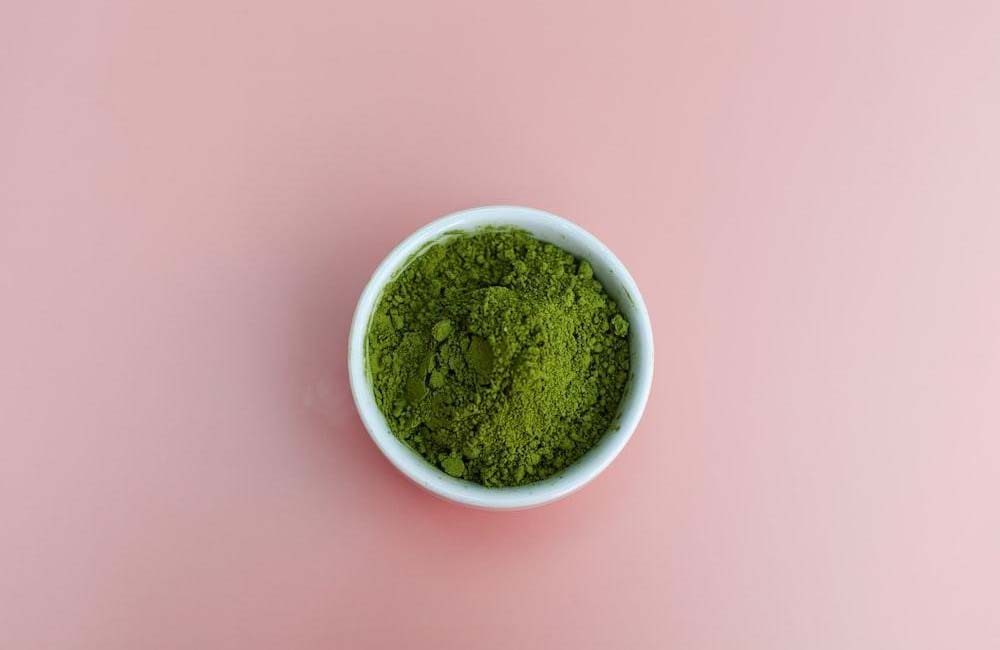
Kratom Unveiled: Insights for Healthcare Providers
In the last decade, an herbal drug known as kratom has risen in popularity in the West as a therapeutic drug together with a recreational medicine.
Kratom is made from the leaf of mitragyna speciosa indigenous to southeast Asia and acts on opioid receptors within the brain. It functions as an excitant at lower doses and an anesthetic with sedative effects at higher dosages.
An estimated 3-5 million Americans currently use kratom, indicating its growing prevalence as an alternative treatment for conditions like chronic pain, opioid withdrawal, and recreational use. Concurrently, kratom-related adverse events, toxicity reports, and calls to Poison Control Centers have substantially increased.
Yet the average healthcare provider knows little about kratom’s effects. This blog aims to unveil key insights about kratom to inform healthcare professionals.
Table of Contents:
What is Kratom?
Kratom contains many active compounds, most notably mitragynine, and 7-hydroxy mitragynine. These compounds interact with opioid receptors in the brain. At lower doses, kratom acts as a stimulant. At higher doses, it has soothing and pain-relieving effects. The stimulant effects are likely due to mitragynine, while the sedative and analgesic effects come from 7-hydroxy mitragynine.
Traditionally, fresh or dried kratom leaves were chewed or brewed into tea. Today, kratom products are sold in powders, capsules, tablets, and concentrated extracts. These are usually made from dried leaves. Significantly, you can buy kratom Canada from a reputable vendor to get the best quality effects. Kratom extracts, in particular, can have very high potency due to the concentration process.
Prevalence of Use
Kratom use appears to be increasing rapidly in the Western world. Between 2011 and 2017, there was a 50-fold increase in calls about kratom to United States poison control centers. Internet searches for kratom have also risen dramatically. This suggests growing interest and availability.
A 2019 survey found that 2.1% of US adults, or over 5 million people, had used kratom in the past year. Rates were even higher among young adults in their 20s and 30s. The DEA has also reported increasing kratom-related arrests and seizures. Specific population subgroups seem more likely to use kratom, like people seeking treatment for substance use disorder.
Objective Effects
Research finds that, like opioids, kratom activates supraspinal mu- and delta-opioid receptors. The most potent psychopharmacologic effects of mitragynine, the dominant alkaloid, are mediated by mu-receptors. Activation of these receptors explains kratom's analgesic and potentially addictive properties.
However, while overlapping in effects, kratom is distinct from classical opioids like morphine in its chemistry and pharmacology. It has partial agonist activity rather than total agonist activity at opioid receptors. This means that it has a "ceiling effect" that limits dangerous respiratory depression at high doses.
Short-term physiological effects of kratom documented in the literature include:
- Constricted pupils
- Facial flushing
- Tachycardia
- Hypotension
- Impaired motor coordination and cognition
- Liver toxicity (rare)
Safety and Side Effects
Available data indicates that pure kratom itself, without impurities, has a favorable safety profile when used responsibly. One comprehensive 8-factor analysis found the margin of exposure for kratom to be over 200, indicating a "high level of safety."
Still, adverse effects can occur. Side effects like agitation, tachycardia, dizziness, vomiting, and sedation are common at very high doses. More severe effects, including seizures, psychosis, acute liver injury, coma, and respiratory depression, are rare but have been recorded. Nine deaths per year involving kratom exposure were reported from 2011-2017.
Notably, one study found that nearly all reported cases of kratom toxicity also involved other drugs being taken by the user. These include illicit drugs, prescription opioids, benzodiazepines, and over-the-counter medications. This highlights the importance of educating users about potential interactions.
The risks of using kratom appear substantially lower compared to prescription or illicit opioids for treating pain. For patients with pain or opioid use disorder, kratom may carry net benefits and represent a harm reduction approach. Still, adverse effects can occur, so caution is warranted.
Risk of Dependence
There is legitimate concern about kratom's addictive potential. While mild-to-moderate use appears reasonably safe, regular heavy use carries risks. Long-term heavy users can become physically dependent and experience withdrawal on cessation.
That said, kratom withdrawal is generally less disabling than classical opioid withdrawal. Symptoms are usually milder and may include:
- Muscle aches
- Insomnia
- Irritability
- Runny nose
- Hypertension
For most people, withdrawal passes within a week. For heavy users, acute withdrawal may last longer than opioids, but it is less likely to be complicated by dangerous medical or psychiatric problems.
Still, kratom does impact opioid receptors and psychology in ways that make habit-forming use and emotional dependence common among chronic users. More research is needed, but current evidence suggests kratom carries a lower risk of lethal overdose than opioids yet still carries risks of problematic long-term use and addiction.
Interactions with Medications
Kratom has many pharmacological activities and may interact with prescription or over-the-counter medications a patient is taking. However, little formal research on drug-herb interactions exists.
Of most significant concern is using kratom with central nervous system depressants like opioids, benzodiazepines, gabapentinoids, or alcohol. Since all these substances suppress breathing, their combined effects could lead to respiratory depression. Kratom plus modafinil or other stimulants may also increase the risk of overdose.
Due to kratom's opioid activity and risk of dependence, caution should also be used when prescribing opioids or medication-assisted treatment to a chronic kratom user. Kratom may prevent withdrawals but could undermine recovery efforts.
Bottomline
With rising rates of kratom use, healthcare providers require vital insights to address this botanical. The appropriate regulator response is probably to avoid either demonizing kratom or over-promising benefits. Kratom use should be decriminalized and perhaps regulated as an herbal supplement. But sales limits, package warnings, manufacturing standards, and age restrictions ought to be in place given addiction risks.
With thoughtful policies and educated prescribing, this unusual herb may find an appropriate place in integrative pain care and addiction treatment. But reckless use without medical guidance must be cautioned against via a harm reduction approach.
NOTE: Main Image Credits




















